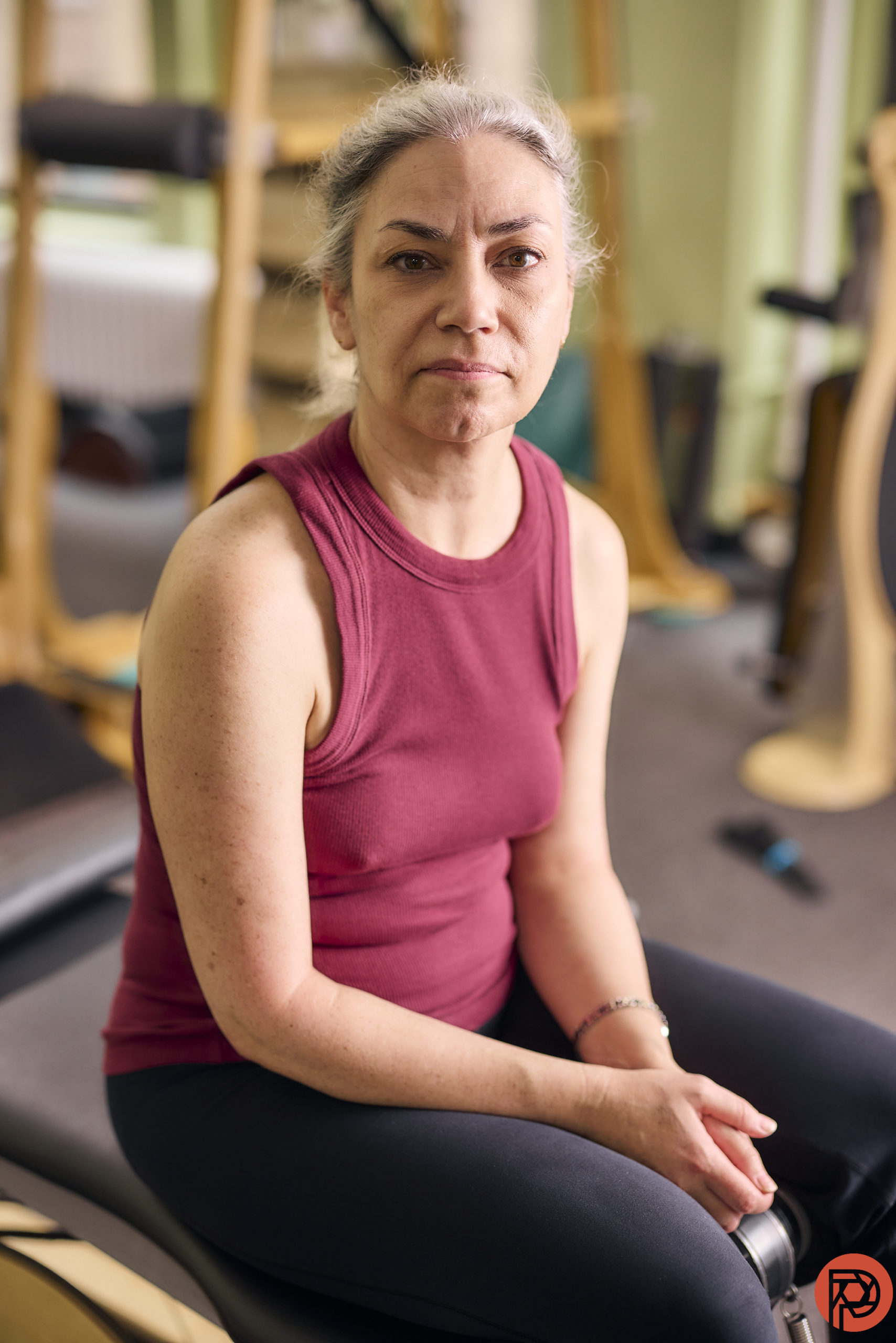Last Updated on 05/17/2023 by Chris Gampat
There are great reasons why you’d want to use a constant light instead of a flash. But when it comes to taking your photography seriously, you should use a flash. It involves a completely different thought process and often involves being much more creative. Most importantly, the idea of creating a photo instead of capturing a photo is at the heart of all this. Here’s why you should use a flash instead of constant lights.
Table of Contents
The Non-Technical Reasons to USe a Flash
We’re splitting this article into two sections. There’s a technical list of reasons below. But I think that we first need to focus on the non-technical reasons on why you should use a flash. There are lots of non-technical photographers out there. In fact, I think that technique can get in the way of creativity and vice versa. It takes a truly skilled photographer to have a steady communication and translation between their artistic side and their technical side. That takes practice.
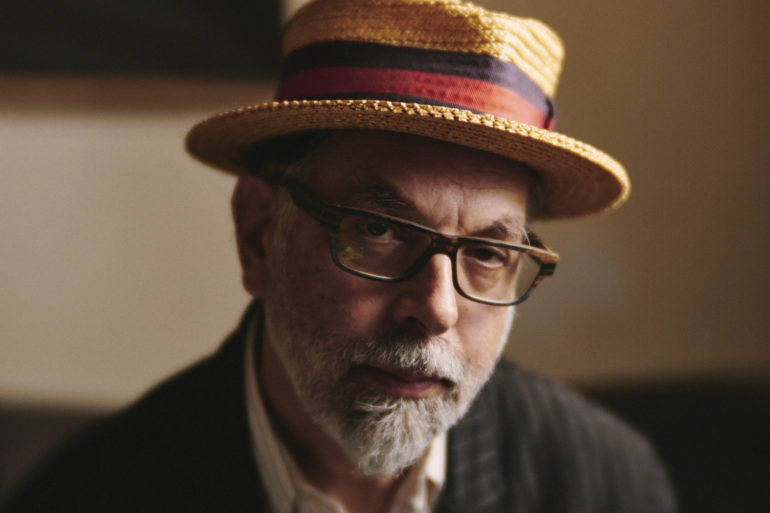
For the record too, we really know what we’re saying. We’ve tested a very wide variety of lights and you can see them in our reviews.
It Sets the Mood on a Shoot
This tip is something that really, really hits strong. I’ve been on shoots with LED constant lights that look beautiful and shoots using off-camera flash. With LED lights, models don’t necessarily know when to move or change up poses. This is especially the case with electronic shutter or quieter shutters. If you’re an experienced photographer, you’ll know this. The workaround is to tell the model or subject to listen for the shutter speed. But there’s two other inherent problems here.
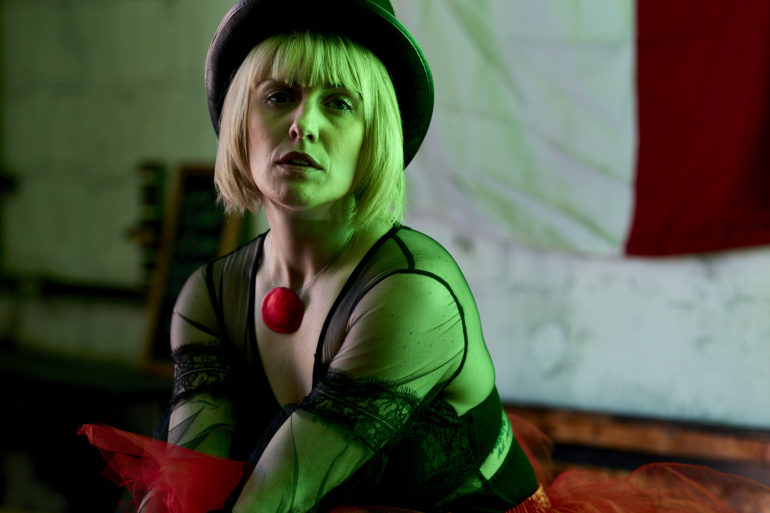
- Not everyone is a trained model and won’t know what to do.
- A lot of the time, you’ve got music on set to set a vibe. It’s hard to hear a shutter go off when there’s music blaring.
So really, a model or a portrait subject won’t know what to do here. The major difference here is where a strobe majorly comes through. Here’s how it works with a shoot using a strobe:
- You start the model off in a pose.
- You shoot
- The flash goes off
- You tell the model to change up the pose after the flash goes off each and every time.
- Ideally, you’ve shown the model the frame that they’re working within.
- This setup keeps going
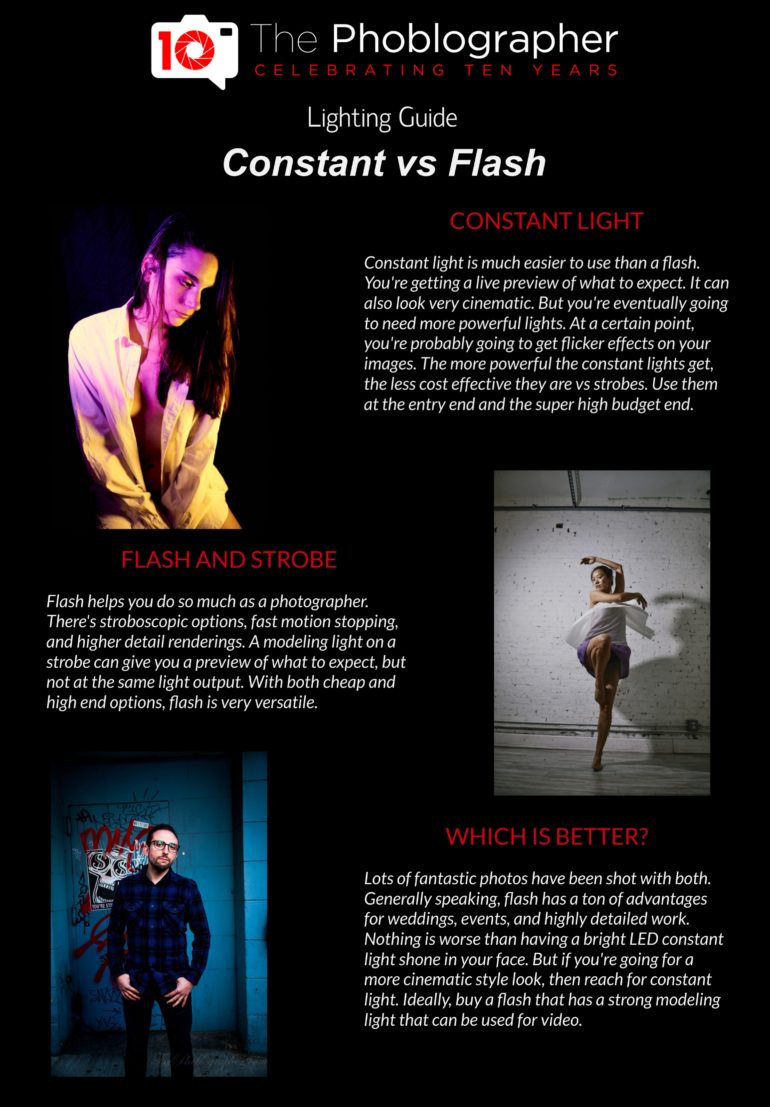
This way the model or subject is often less anxious because the strobe is a clear communication to them to change up the pose. Practically speaking, this is a huge consideration for using a strobe instead of constant lighting.
Higher Yield of Better Photos with a Flash
We wrote a piece similarly to this a while back that you can find and peruse here. A commenter stated the following:
Yeah, I made it to the point where it became really clear you’re just flash fanboys. I TOTALLY agree that many photographers will need to use flash/strobe for some goals. But the idea that you can be more creative is absurd. Watch strobe shooters in a studio vs continuous shooters, the strobe shooters limit themselves to a handful of easily repeatable setups because the process for CREATIVELY changing your lighting doesn’t just require patience, it eats up your valuable TIME, period. In the time a strobe user can create 2 or 3 looks, I can create 20 variations with continuous light.
And this is a huge problem. Shooting with flash isn’t about getting a million variations. It’s about slowing down and making better work so that you have far less editing to do later on. Speaking to professionals and semi-professionals if you were paid $2,000 to shoot a gig that could be done with three hours of work for 10 hours of work, why would you take the 10-hour-long gig?
Speaking to passionate photographers who do this as a hobby, why would you put that kind of stress on your models with constantly stopping the setup?
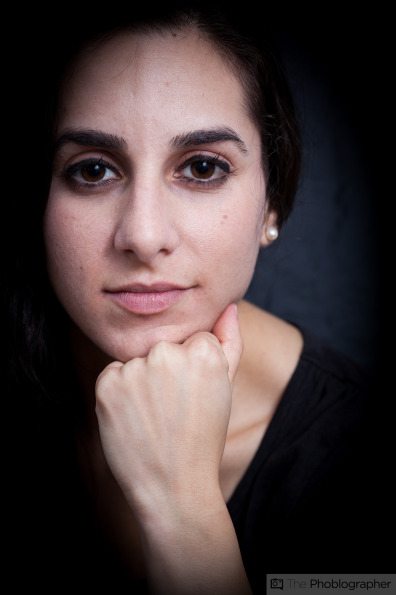
Further, if you’re shooting with a strobe, then you’re most likely planning ahead of time and not necessarily fully just winging it on a set. So you go in knowing more or less what you want to get.
Truly, why would I need 20 variations when I can make a few fantastic looks that are portfolio worthy and sales worthy? No creative director wants to go through the thousands of photos you’ve shot.
Lastly, if there’s no creative intent, then how are you making yourself different from an AI? Good photography shouldn’t be done without the complex thought processes of human beings.
Constant Lights Hit the Eyes Differently
When a constant, bright light is in someone’s eyes, they narrow in the same way that they do when they’re in bright lighting. But with a strobe, that doesn’t necessarily happen.
This is a huge, huge, factor when it comes to shooting events. Have you ever been to an event that’s being shot by a photographer that does nothing else but point LED lights in someone’s face? How annoying is that? But if you’re using a strobe, it’s just a little pop of light instead.
Etiquette-wise, I think it makes more sense to use a flash instead of constant lighting.
For the Money, A Flash is Cheaper and More Powerful
To get the power output of something like a Profoto B10, you’d have to spend a lot of money with constant lighting. You’d be spending cinematic levels of income, actually. I mean, do you have the money to spend on ARRI lights?
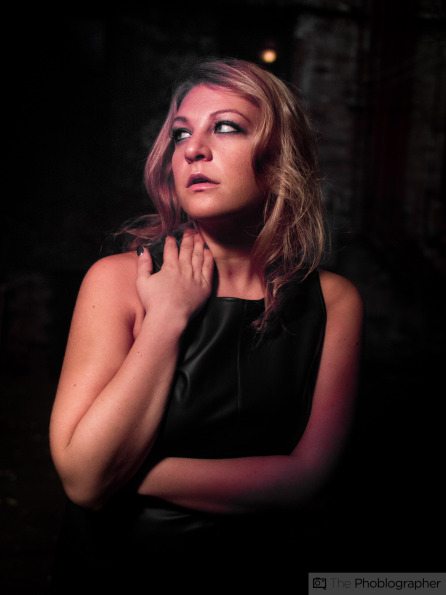
Sure, you can speak to doing this in post-production. But then in that case, why not just go so far as to create all the lighting in post-production? The reason is that then you’d be more of a photo editor than a photographer. And it oftentimes makes no sense to spend 30 seconds shooting a photo and 45 minutes editing it.
Again though, that’s not to hate on the people who do it. They’re photo manipulation artists and not really photographers.
The Technical Reasons to USe a Flash
Now we’re going to get into the more technical reasons as to why you’d use a flash instead of constant lighting. We’ve reviewed a lot of non-technical reasons. And trust us, those are important. We didn’t want this article to be all about just the technical stuff. And in fact, the practicality just doesn’t always make sense when it comes to constant lighting.
Constant Lights are Weak
I already stated how to get the power of a Profoto B10 style light, you need to spend a lot more money on constant lights. But overall, they’re really weak. You can blend them with natural and ambient lighting. Even so, you’ll often be shooting at ISO 1600 when you really can do ISO 400 at a comparable price.
We’ll get even deeper into how weak they are a bit later.
Constant Lights Do Not Do TTL, Use a Flash Instead
With flash, you can shoot in TTL easily. As you adjust your ISO and your aperture, the flash will modify its own settings. At the moment, there are no effective, powerful, and very good TTL constant lights that can do that with any degree of seriousness.
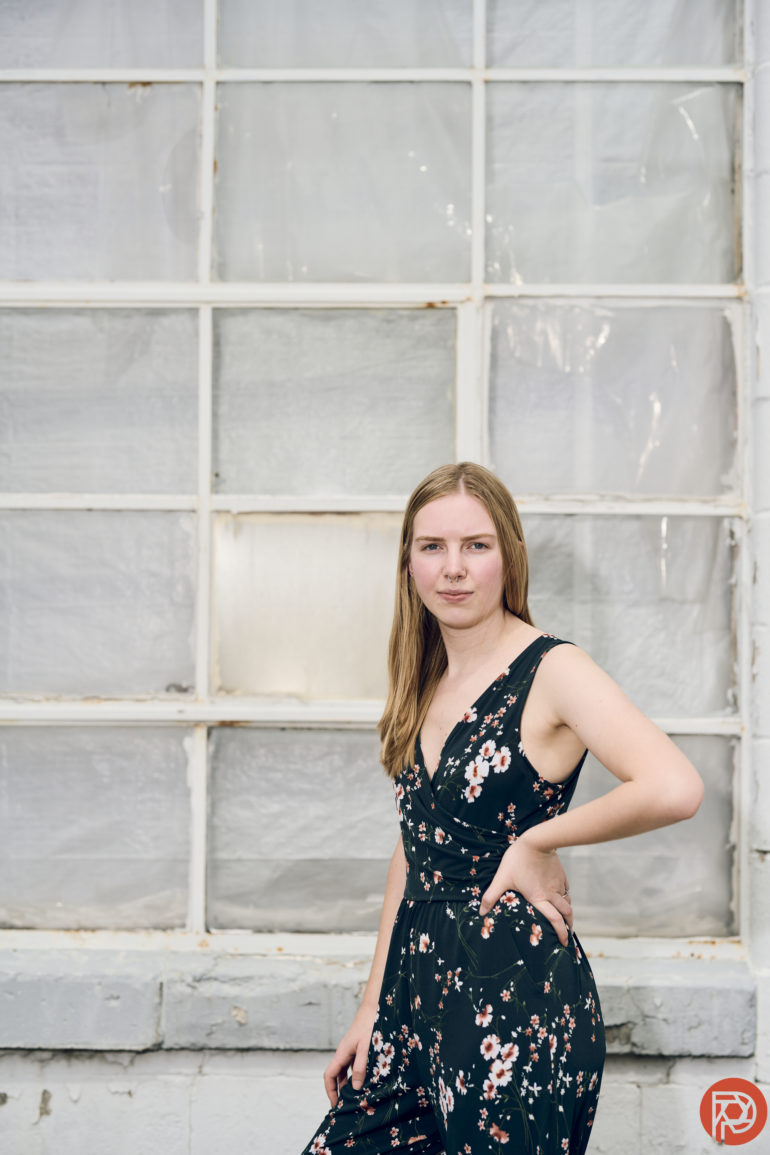
Constant Lights Cannot Overpower the Sun with Mechanical Shutter
Lastly, constant lights are good for when there is a very controlled environment. But if there isn’t, like if you’re shooting outdoors, you need to overpower the sun. Even with constant lights being used and a super fast shutter speed, you won’t get the same effects partially because of TTL light output variability, as well as the sharpness that only a mechanical shutter can do.

With all this said, know that I’m really not bashing constant lights. Instead, we’re stating facts that they’re not there yet. Constant lights have to outdo decades of photographic innovation via flash still. Additionally, constant lights can also be very useful when it comes to photographing certain subjects. Babies, cats, and dogs may be scared of a flash unless you get them a bit more used to them. I’ve had instances where cats were very scared of my flashes because they thought they were lighting. But I’ve also photographed cats who had no issues with my Profoto lights at all.
Still though, to really push your photographic capabilities of creating in-camera, you should use a flash instead of constant lights. You could surely blend the two, as I’ve done that a few times. But a flash often also has a modeling lamp and constant light built in. You can easily switch to one or the other.


